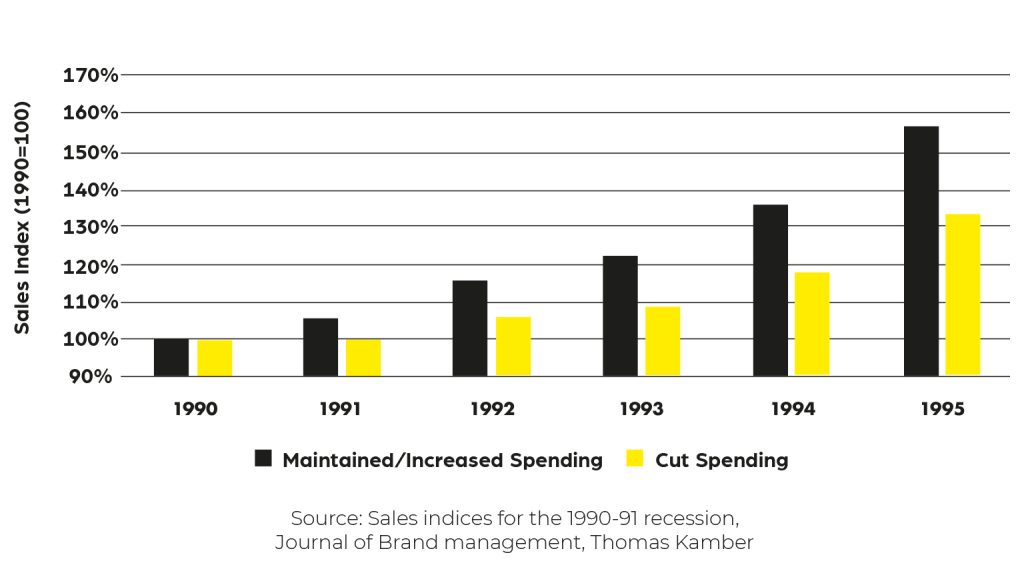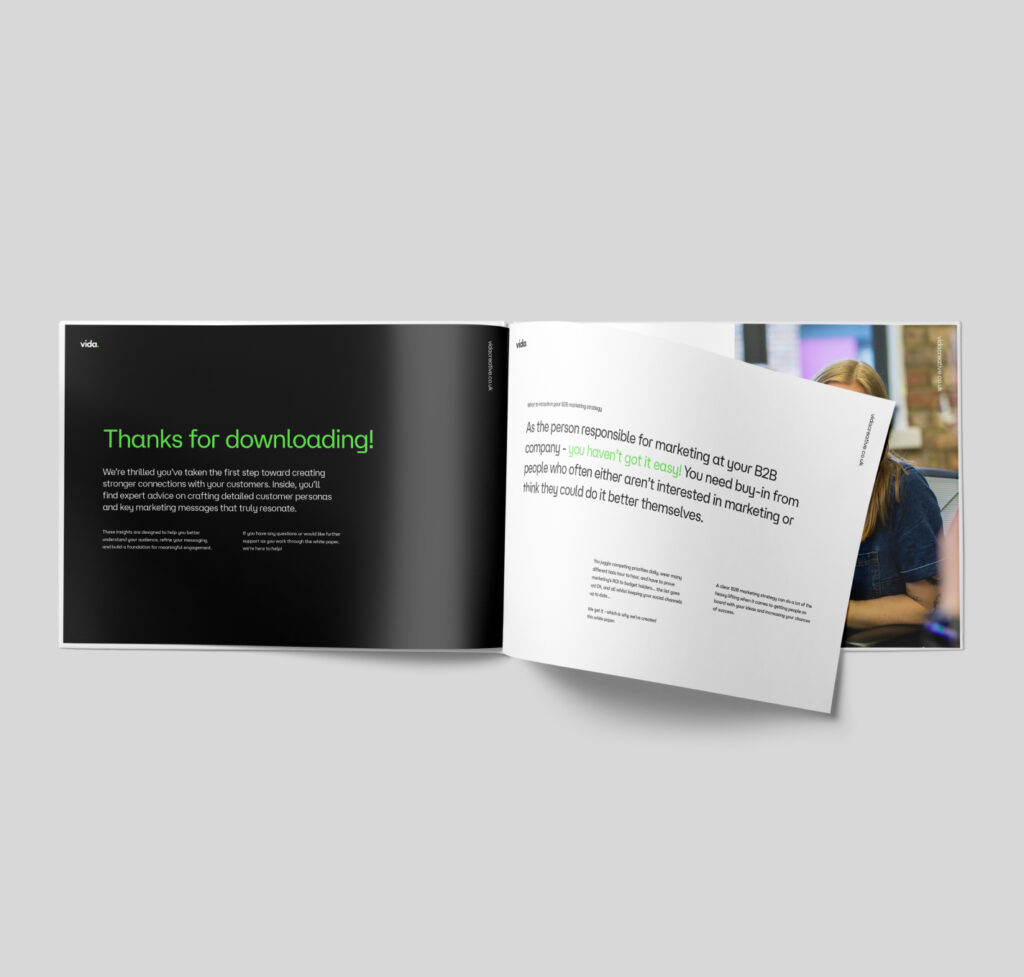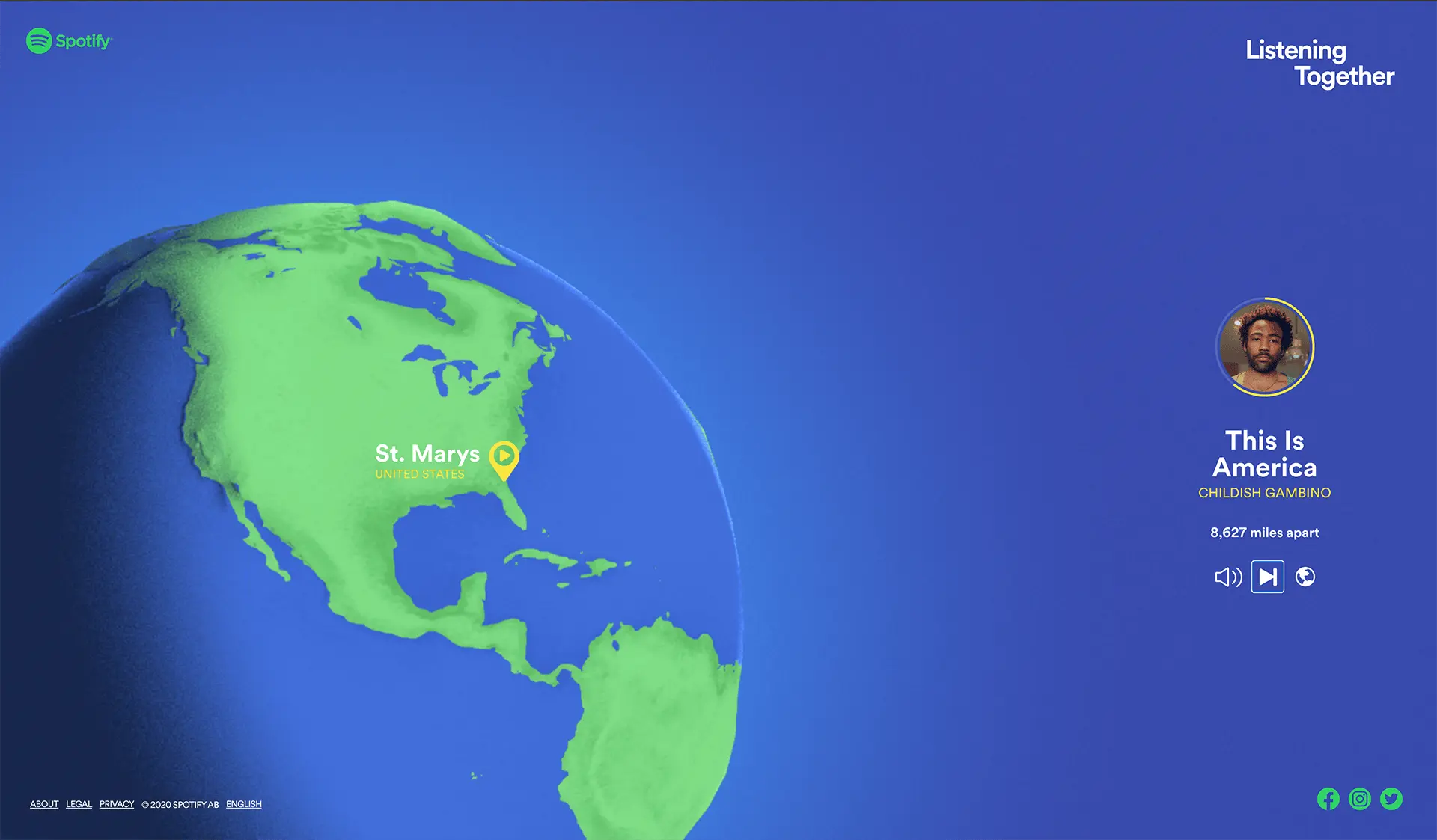Research into previous recessions consistently shows that retaining marketing spend is the way forward for building long-term business resilience. Here’s a look at some of the reasons, and some tips to consider in your own business right now.
While companies around the globe are halting all ‘unnecessary spend’, marketing is often the first budget to come into the firing line.
It’s understandable, but is this really a wise decision?
It can be hard to see the wood for the trees when financials are involved. But this isn’t the first global recession and, unfortunately, it won’t be the last.
Businesses just like yours have been there before. And there’s been a lot of research into how marketing spend affects the fate of brands coming out of a recession. Research that we can learn from.
We’re about to discuss some of the findings but essentially, in the words of Peter Field, a Research Fellow at the LinkedIn B2B Institute, the resounding message when it comes to advertising in a recession is to ‘Keep Calm and Carry On.’
One caveat before we go any further though – successful marketing looks massively different from sector to sector and even business to business. Do your research before diving into something new.
Why keep marketing through a recession?
Well, it’s quite simple really. Research into the link between recession marketing spend and business resilience (going all the way back to the 1920s) has shown clear signs that marketing isn’t the budget you want to cut right now.
Generally, businesses that maintain or increase marketing spend during a recession come out of it much stronger than those that slash their budget.

Of course, this isn’t an option for every business. But if you can afford to, you should maintain your marketing spend. In fact, the arguments in favour of brand-building are even stronger in times of turmoil
Should you change your marketing strategy during a recession?
The answer here won’t be the same for every business. But there are lots of lessons to take from previous recessions.
Here are the three key things we’re going to talk about:
- If you can, you should continue to invest in brand advertising. Data from the 2008 recession clearly shows the long-term value in this.
- ‘Being human’ is something everyone can relate to right now. Consider this when planning your marketing activity.
- Rather than, ‘what will help us right now?, ask instead, ‘how can we help?’
We’re going to talk about each one of these points in turn and give you some tangible tips for taking each one forward in your own business.
1. Data clearly shows the value in advertising during a recession
Data going right back to the 1920s shows that brands that maintain or increase ad spend during a recession increased their sales and market share throughout the period, and after.
Yes, technology and therefore marketing has come a long way since the 20s. But data from subsequent recessions also shows these results.
Forbes says here are a couple of reasons for this:
- Maintaining spending while your competition is reducing it means increasing your exposure for less overall budget.
- Cutting marketing spend means losing share of voice in the market. Losing share of voice can lead to disappearing out of your customers’ minds. On the flip side, increasing share of voice can increase profits.
- The cost of advertising drops during a recession. This makes it a buyer’s market for brands.
- Brands that continue advertising can project the image of ‘corporate stability’ to consumers during a challenging time.
How Kellogg’s won out of the 1920s recession
Basically by doing exactly what I’ve just mentioned…
At the time, packaged cereal wasn’t the obvious breakfast choice that it is now. So when the recession hit it in the late 1920s it was a worrying time for the main two American cereal brands, Kellogg’s and Post.
Post cut its advertising spend while Kellogg’s upped its marketing budget and pushed ahead with the promotion of its brand new cereal, Rice Krispies.
By 1933, Kellogg’s profits had increased by almost 30% and it was the dominant cereal brand.
It’s understandable that in this situation most companies act like Post. Cut spending to retain what they’ve got, even though advertising costs are cheaper.
But if your business can afford to, you should think twice before completely cutting advertising.
According to a Bain & Company study on the 1990-91 recession, twice as many companies went from the bottom of their industries to the top as did in the years before and after. So there are opportunities to be had!
Of course, it’s also true that for stories of success there are just as many stories of failure. That’s why the opportunity that Kellogg’s took exists in the first place. And why it’s so hard for companies to overcome the fear and go for it.
2. Show your brand’s human side
There’s a reason why we’ve all of a sudden started seeing the real people behind the big brands in their TV adverts. And it’s not just because of social distancing.
Emotional marketing works.
During hard times we rethink what’s important to us. The answer is often family, friends and human interaction – something that this period of self-isolation and social distancing has highlighted.
By showing the faces and sharing stories of ‘real people’, big brands are pulling on the heartstrings. Showing us that they’re human too.
Why does this work?
Because it’s a well-known fact that an emotional advert sticks in your mind a whole lot longer than one simply selling a product.
People rely on emotions to make decisions. So if you can induce emotional responses to your marketing, you’re onto a winner. In fact, a study showed that emotional campaigns performed twice as well as purely rational ones (31% vs 16%).
How to use emotion in your marketing
Play with colours Colour psychology is a thing. Think about the colours you’re using in your graphics, whether that’s in a video you’re making for a Facebook ad or an infographic to go on Pinterest. Focus on community Creating a community around your brand is powerful. It encourages your customers to spread your brand’s message because they’re proud to be a part of what you’re all about. Do you sell products? If so, what more are you giving your customers besides the parcel they get in the post. If you sell running trainers, can you send your customers a weekly email with running tips? Do you have a Facebook or Strava group that you invite people to where they can discover new running routes and motivate each other? Think about what you can do to build your own community.
Does what you’re selling make life easier for your customers? Which pain points does it alleviate? How will it make life better for them?
Make sure you shout about this in the stories that your marketing is telling. Use the value proposition canvas as a starting point – you can download a template from Strategyzer here.
3. Rather than ‘what will help us’ ask, ‘what will help them?’
People don’t want to be sold to during times of financial hardship.
Rather than focusing solely on what you want out of your marketing efforts (which of course is a very important consideration!) take some time to think about how you can help your audience.
Have you got skills or knowledge that you can share with others? Great! Why don’t you write a blog with some top tips?
Really think about the things you can offer that people need right now. We’re living through a pretty rough time, so anything you can do to pay it forward now could put you in good stead further down the line.
We’re not talking giving your services away for free. But if you’re a little quieter than usual why not spend that time considering how you can share your knowledge and skills.
Some final tips for marketing during a recession
- Focus on your customers: Where are they finding value? Has this changed? It probably has! Adapt your messaging and campaigns if needed.
- Emphasise your core values: This is all part of humanising your brand and letting your customers get to know more about the people behind the company. You never know, people that resonate with your values may well become customers at some point.
- Adjust your products and services: AsHarvard Business Review puts it ‘Gimmicks are out; reliability, durability, safety and performance are in.’
Let’s have a chat
If you’d like some advice on steps to take while marketing your business during this tricky time, get in touch for an informal chat with one of our team.
We’re always happy to help.


